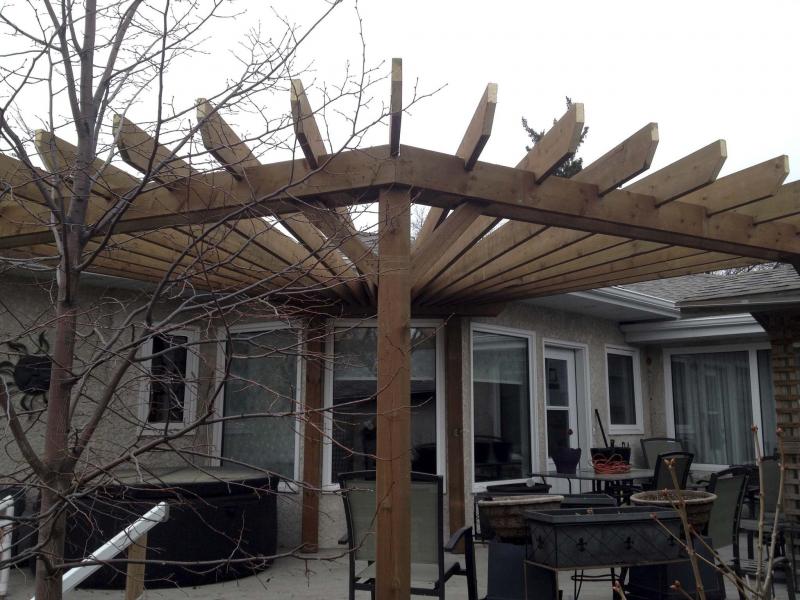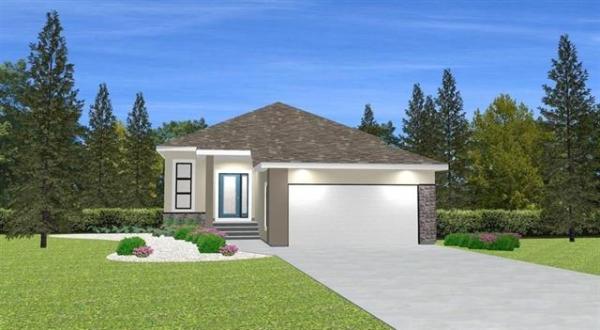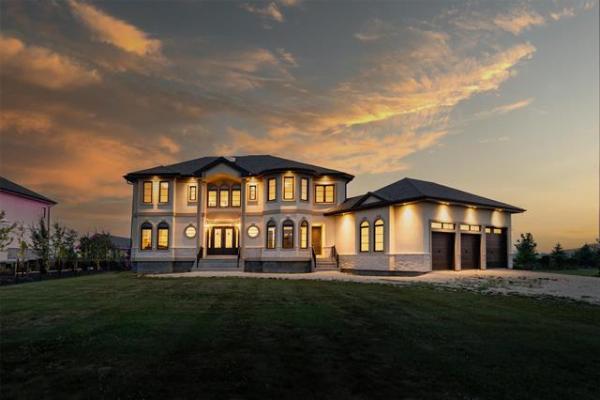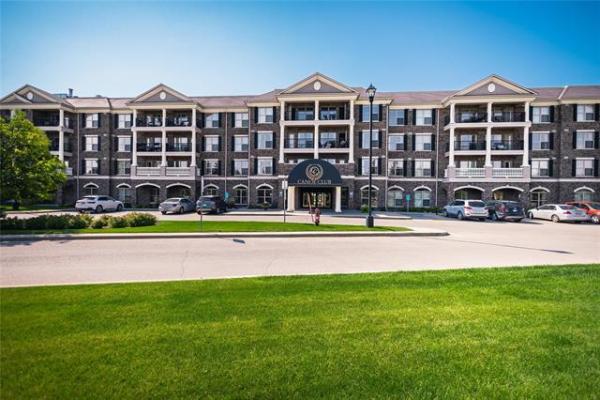
This pergola that I built for Debbie Rhymer and nicknamed 'the seashell' remains one of my favourites to this day.
Does your deck require a bit of shade? Does your front porch seem a little blah? Do you just want to add something new to your house or yard this spring?
No matter what your problem is, a pergola may be the solution you are looking for — and it’s a relatively quick and easy project to undertake.
(imageTagRight)
The most common pergola design consists of four six-by-six posts, a pair of doubled two-by-eight or two-by-10 support beams and a series of notched, equidistant two-by-eight veins which rest atop the beams in a perpendicular fashion. The posts are usually inset slightly to allow beams and veins to hang roughly 12 to 16 inches past them on all sides. Smaller lengths of four-by-four supports cut at 45-degree angles are secured to the posts and beams to stabilize the structure from lateral movement due to wind.
Slight variations to this typical design can change the look of a pergola and, every once in a while, an oddly shaped deck or porch forces a more strategic design.
The pergola on my back deck is quite ‘typical’: perpendicular rows of equidistant two-by-fours above the main veins create a checkered look. And although most pergolas don’t have a roof, the checkered cross-veins still manage to create a good amount of shade — after a long day under the sun, shade near the barbecue area is quite welcome. The pergola design over my front porch is basically the same, with one minor difference: the veins flare out in width slightly. Both pergolas are secured to my house, which makes them relatively easy to build and very sturdy.

MARC LABOSSIERE / WINNIPEG FREE PRESS
Typical pergola design with checkered cross veins. Purchase Photo Print
Free-standing pergolas present a more complex building challenge and require a very solid and level foundation. Frank Barbaro requested just such a pergola.
"We decided to add another dimension to our hot tub — one that is very inviting — by creating somewhat of an ‘outdoor room’ for when we use the hot tub to relax," he explains. Frank also wanted some privacy, and a panel of lattice incorporated into the design accomplishes just that.
Frank says "since the pergola was built specifically for the hot tub, we are very satisfied with the added privacy provided by the lattice, as well as protection from the elements at times."
A pergola I nicknamed "the seashell" remains to this day one of my favorites. Debbie Rhymer’s existing deck was oddly L-shaped. The challenge was to not only establish a pergola design with veins that cover most of the deck’s footprint, but also maintain the typical look. To start, I created a cross-beam at the short, 45-degree wall of the house, which would support all of the perpendicular veins.

MARC LABOSSIERE / WINNIPEG FREE PRESS
I built a more traditional free-standing pergola, with lattice privacy panel, to encase the hot tub on Frank Barbaro's property.
Purchase Photo PrintIt’s similar to how I built the front pergola at my place, but on a grander scale. And due to the L shape of the existing deck, I introduced a fifth post to emphasize the flare of the veins from the back wall double support beam. In doing so, the entire deck’s footprint is adequately covered as they flare out. I notched and installed all of the cross-veins on the outer double beam one by one, in place — it would have been nearly impossible to pre-measure each vein, due to the complexity of the angles and dimensions. From underneath, it truly does look like a seashell.
Most pergolas that are attached to a house, regardless of shape variation, consist of veins that protrude perpendicular with the house. Melody Olenick’s pergola on her L-shaped front porch would not allow veins to jut out in this manner because of the proximity of windows to the soffits. To make it work, I reversed the beams and veins for this design. As such, I installed the veins in a ‘cobweb’ manner, running parallel to the exterior walls of the house above beams which extend perpendicular from the house, affixed to seven support posts in the required configuration. This pergola is definitely one of a kind.
Just as any deck can be designed to suit a client’s needs, pergolas can be built in all shapes and sizes. Whether you wish to introduce a new feature to your home, or you have a specific purpose in mind, a pergola could do the trick.
BossEnterprise@outlook.com




